What is switchgear in a solar system? How many types are they?
In the construction of commercial and industrial solar power stations, ensuring the smooth operation of the electrical system is crucial. Beyond rooftop and ground-mounted PV and energy storage equipment, the electrical switchgear in the distribution room plays a key role in system stability and safety.
What is Switchgear?
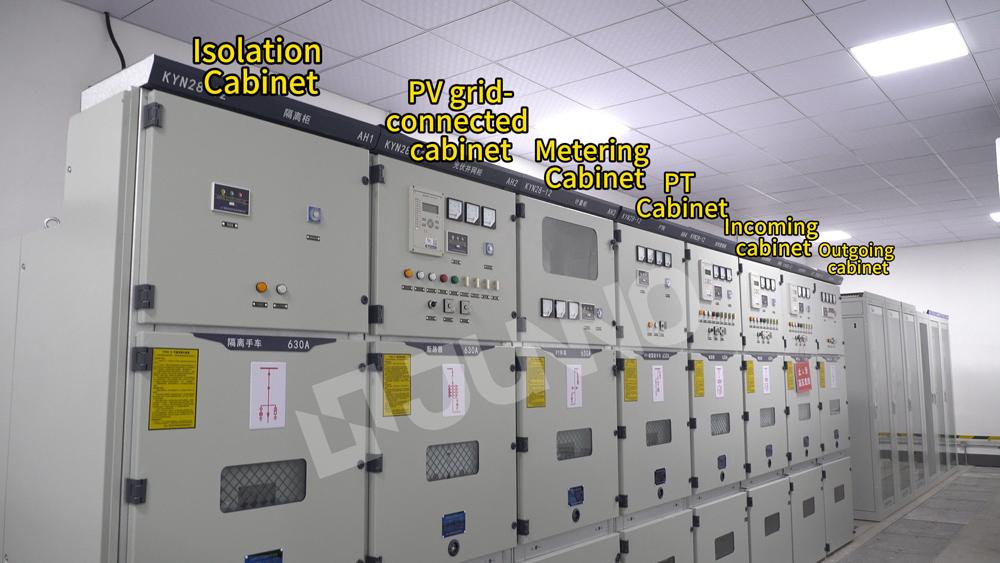
Switchgear is a complete set of electrical distribution equipment that integrates primary and secondary devices according to a specific scheme. It is primarily used for controlling and protecting electrical circuits and equipment. Based on its functionality, switchgear is typically classified into eight main categories:
1. Incoming Cabinet
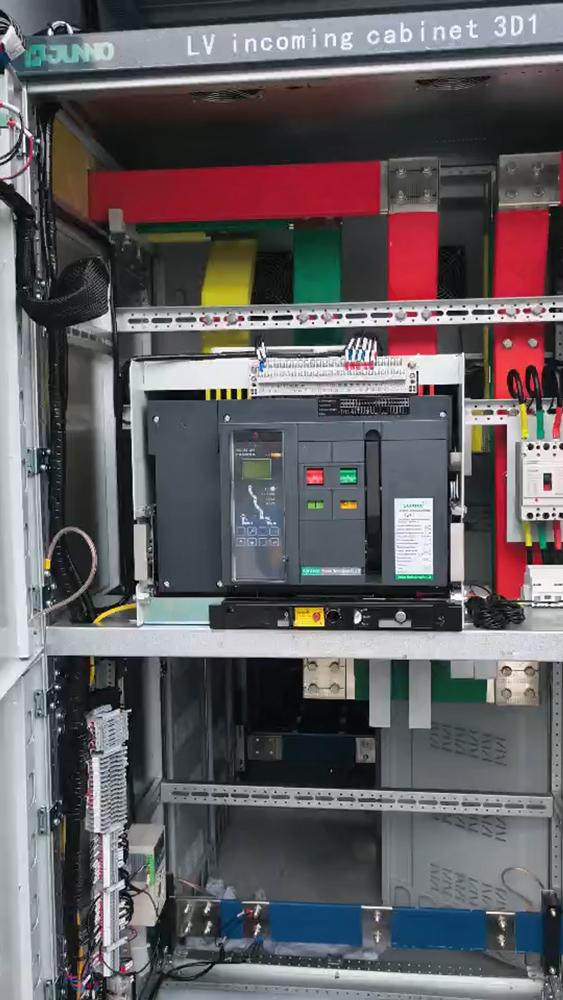
Also known as the receiving cabinet, this switchgear is responsible for receiving electrical power from the grid and transferring it to the busbar. It generally includes circuit breakers, current transformers (CT), potential transformers (PT), and isolation switches. Grounding switches may or may not be installed.
2. Outgoing Cabinet
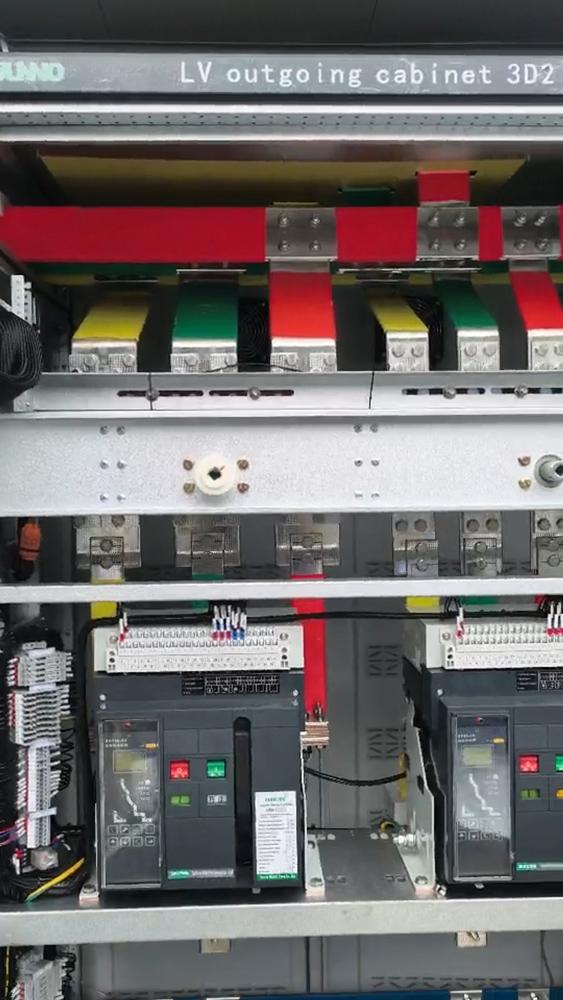
Also referred to as a feeder cabinet or distribution cabinet, this unit distributes electrical energy from the busbar to different outgoing lines. Like the incoming cabinet, it is typically equipped with circuit breakers, CTs, PTs, isolation switches, and grounding switches.
3. Busbar Contact Cabinet

Also known as a bus sectionalizing cabinet, this equipment connects two sections of busbars in power systems. It is essential in both single busbar sectionalized systems and double busbar systems, allowing users to select different operating modes as needed.
4. PT Cabinet
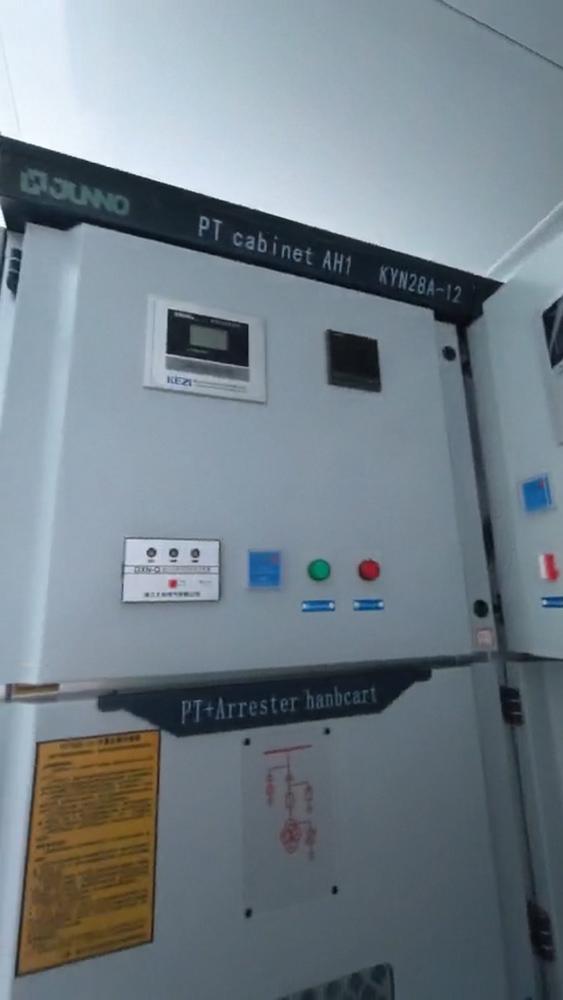
The PT cabinet houses potential transformers (PTs), which are installed directly on the busbar to measure voltage and provide protective functions. Additional components include isolation switches, fuses, and surge arresters.
5. Isolation Cabinet
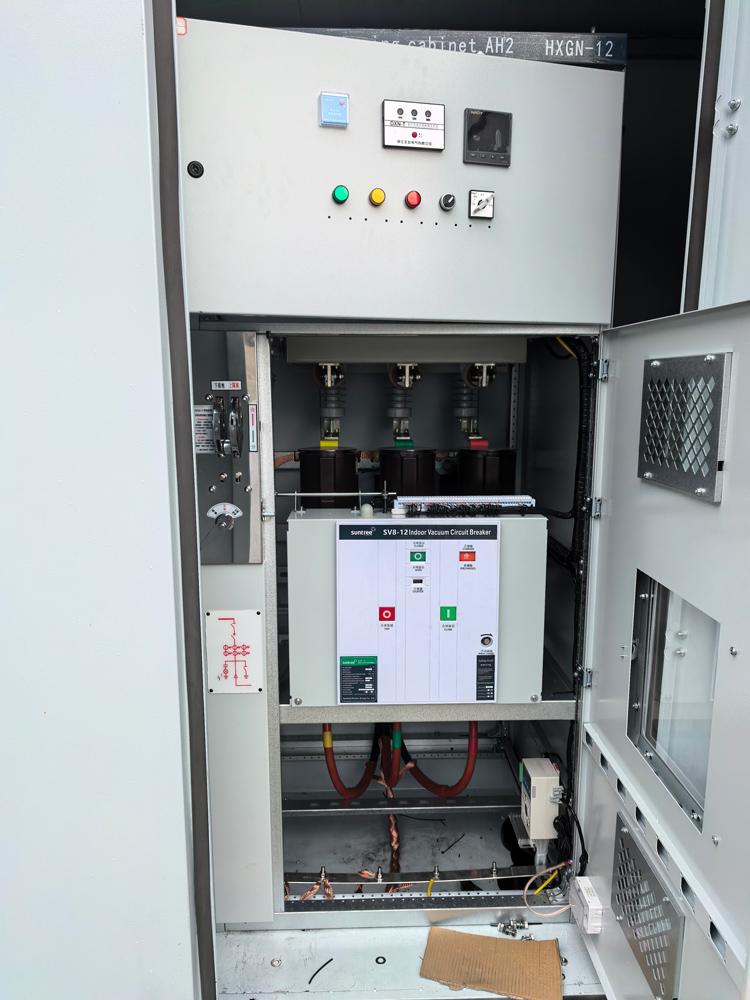
Used to isolate different busbar sections or separate power-receiving equipment from the power supply, this cabinet provides a visible break point for maintenance and inspection. However, it does not have the capability to break or connect load current. Therefore, interlocking mechanisms between the isolation cabinet and circuit breakers must be in place to prevent operational errors.
6. Metering Cabinet
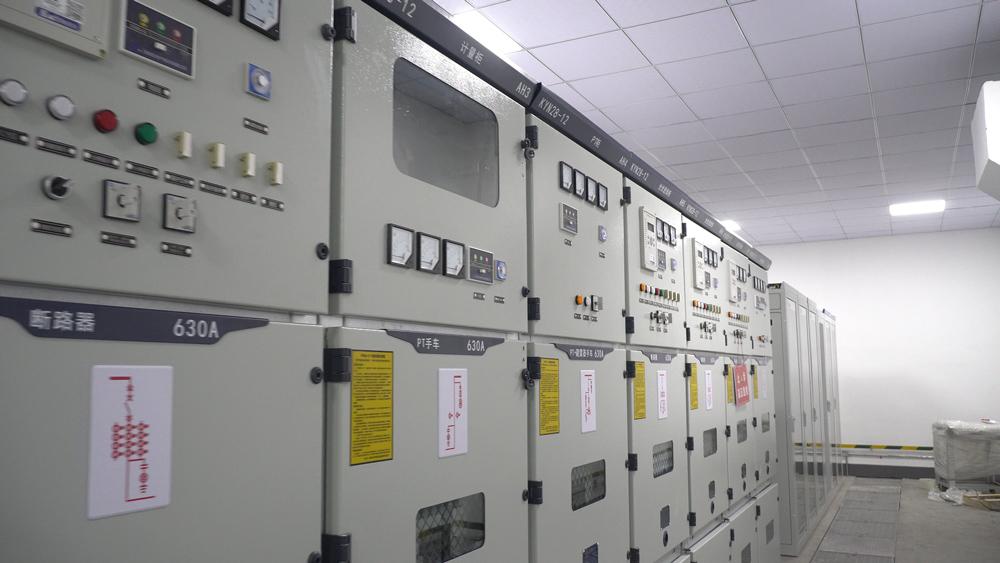
Designed for electrical energy metering (kilowatt-hours), the metering cabinet exists in both high-voltage and low-voltage versions. It typically contains isolation switches, fuses, CTs, PTs, active energy meters (either traditional or digital), reactive energy meters, and auxiliary devices such as load monitoring instruments.
7. Capacitor Compensation Cabinet (SVG)
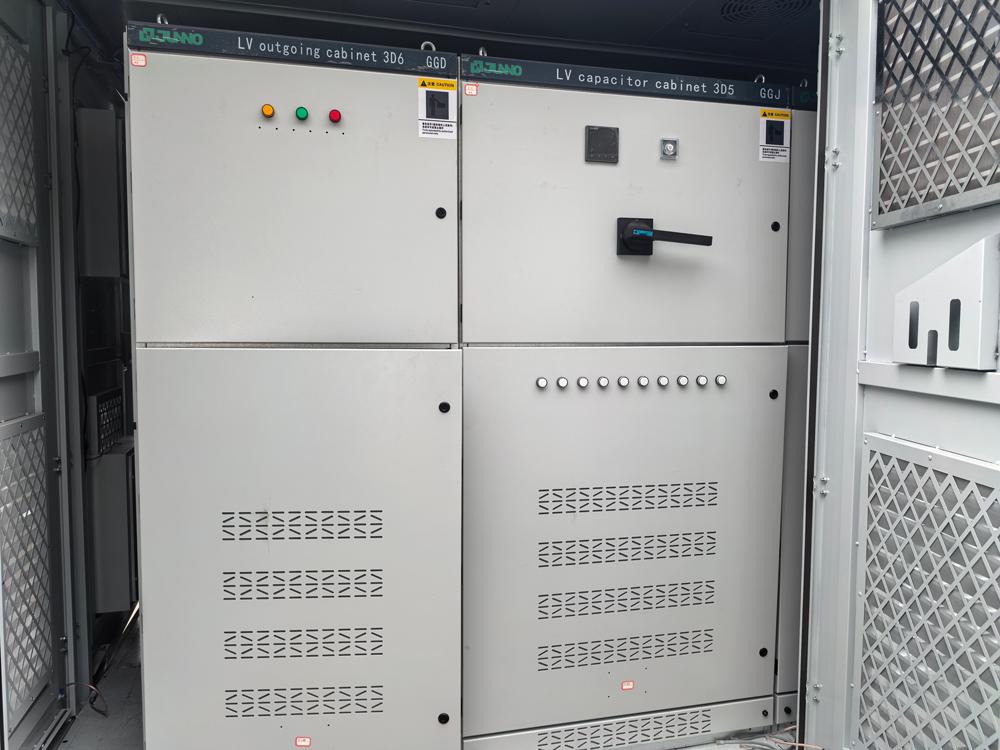
This cabinet balances inductive loads and enhances power factor to improve energy efficiency. It includes fuses, isolation switches, capacitor contactors, surge arresters, capacitors, reactors, and an automatic power factor compensation controller.
8. PV Grid-Connected Cabinet
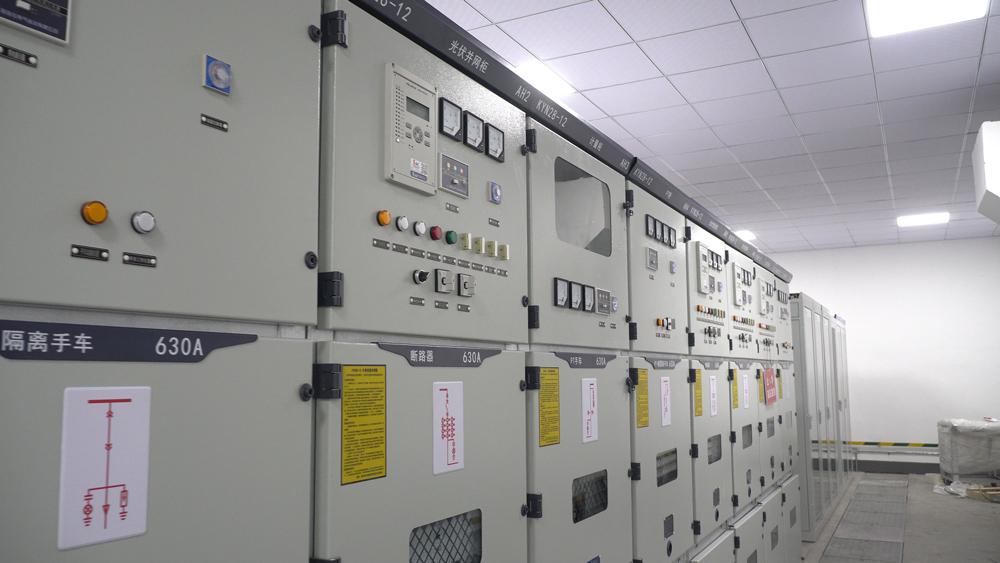
A critical component in photovoltaic power generation systems, the PV grid-connected cabinet ensures the safe and efficient integration of solar power into the grid. It provides multiple protection functions, including undervoltage trip, automatic reclosure upon voltage detection, overcurrent protection, overvoltage protection, islanding protection, anti-backflow protection, harmonic suppression, and reactive power compensation. Additionally, it enables real-time monitoring and display of PV system operation parameters.
Conclusion
Switchgear plays an indispensable role in ensuring the stability, safety, and efficiency of electrical distribution in photovoltaic and industrial power systems. Understanding the different types of switchgear and their functions allows for optimal system design and operation. Whether for a large-scale PV plant or an industrial power network, selecting the right switchgear is key to achieving reliable and efficient energy distribution.